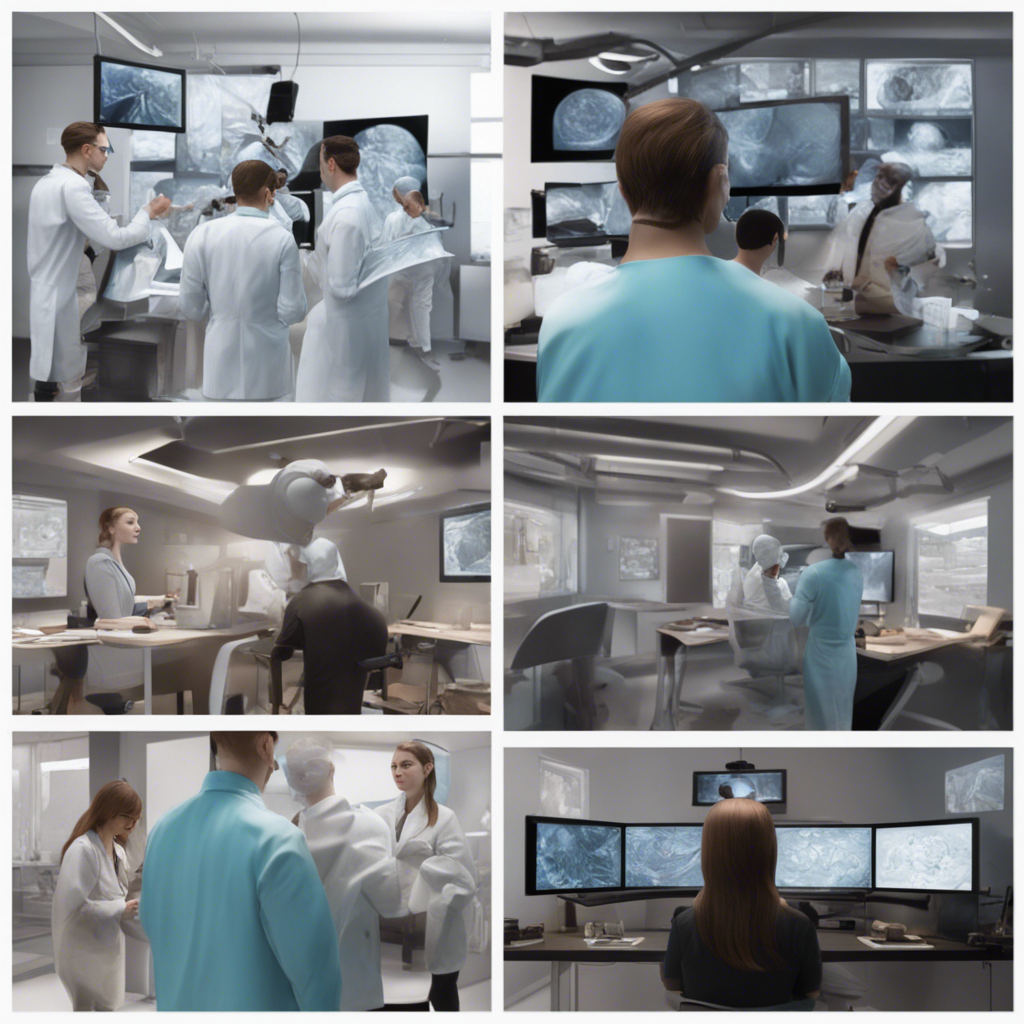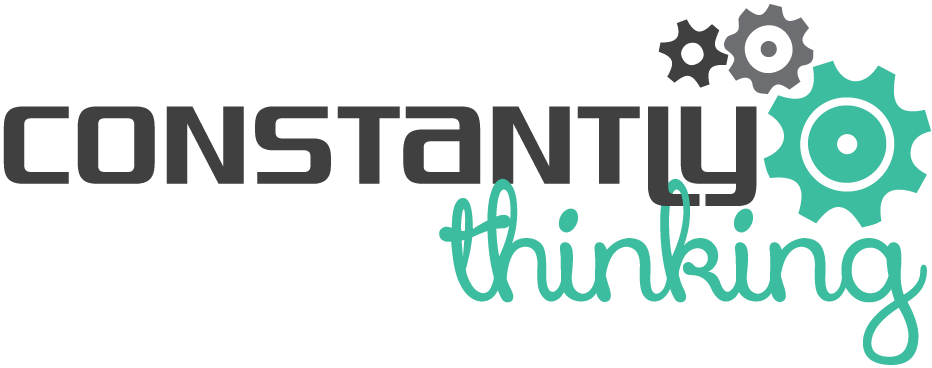
Virtual Reality in Medical Training: Revolutionizing Healthcare Education
In recent years, Virtual Reality (VR) technology has emerged as a game-changer in various industries, and medicine is no exception. The integration of VR into medical training has revolutionized the way healthcare professionals are trained, offering immersive and interactive experiences that significantly enhance learning outcomes. This technology has the potential to bridge the gap between theoretical knowledge and practical application, ultimately leading to more competent and confident medical professionals.
The Rise of Virtual Reality in Medical Training
VR technology creates a simulated environment that replicates the real world or an imaginary setting, allowing users to interact with and manipulate objects in a 3D space. In the medical field, VR is being used to simulate surgical procedures, patient interactions, diagnostic scenarios, and medical emergencies, providing trainees with realistic and hands-on experiences without any risk to patients.
Simulation-Based Learning
One of the key advantages of VR in medical training is simulation-based learning. By using VR headsets and controllers, medical students and professionals can practice procedures and techniques in a controlled environment that replicates the complexities of real-life clinical settings. This approach allows learners to make mistakes, learn from them, and improve their skills without the fear of harming patients.
Enhanced Engagement and Retention
Studies have shown that VR-based training programs result in increased engagement and knowledge retention compared to traditional learning methods. The immersive nature of VR enables users to focus better, leading to a deeper understanding of complex medical concepts. By incorporating interactive elements such as quizzes, case studies, and simulations, VR training keeps learners actively involved and motivated to progress.
Applications of Virtual Reality in Medical Training
Surgical Simulation
VR technology is being used to create realistic surgical simulations that give aspiring surgeons the opportunity to practice procedures in a risk-free environment. These simulations can replicate different surgical scenarios, anatomy variations, and complications, allowing trainees to hone their skills and improve their dexterity and hand-eye coordination.
Patient Interaction and Communication
Effective communication with patients is a crucial aspect of healthcare delivery. VR training programs can simulate various patient interactions, helping medical students develop empathy, active listening skills, and the ability to convey complex medical information in a clear and compassionate manner. By practicing in virtual scenarios, future healthcare providers can enhance their bedside manner and build rapport with patients.
Emergency Medicine Training
In emergency medicine, quick decision-making and effective teamwork are essential for saving lives. VR-based simulations of emergency scenarios, such as cardiac arrest or trauma cases, allow medical professionals to practice assessment, triage, and treatment protocols in a realistic setting. These simulations help improve response times, decision-making under pressure, and coordination among healthcare team members.
Benefits of Virtual Reality in Medical Training
Risk-Free Practice
One of the main advantages of using VR in medical training is the ability to practice high-risk procedures and scenarios without any risk to patients. Trainees can make mistakes, learn from them, and repeat the process until they master the necessary skills, reducing the chances of errors during actual patient care.
Personalized Learning
VR technology allows for personalized learning experiences tailored to the individual needs and learning styles of each trainee. By adapting scenarios, difficulty levels, and feedback mechanisms, VR programs can provide targeted training that addresses specific areas of improvement for each student, optimizing the learning process.
Cost-Effective Training
While traditional medical training often involves expensive equipment, materials, and facilities, VR offers a cost-effective alternative that requires minimal physical resources. By using VR headsets and software, medical institutions can provide immersive training experiences to a large number of students without incurring the same costs associated with traditional methods.
Conclusion
Virtual Reality is transforming the landscape of medical education and training, offering innovative solutions to enhance the skills and knowledge of healthcare professionals. By providing immersive, interactive, and realistic learning experiences, VR technology is revolutionizing the way medical students and professionals acquire and practice essential clinical competencies. As the technology continues to evolve and improve, the integration of VR in medical training is poised to play a crucial role in shaping the future of healthcare education.
References:
- Kaur, K., & Singh, A. (2018). Virtual Reality in Healthcare: A Review. International Journal of Computer Applications, 181(38), 45-51.
- Seymour, N. E., Gallagher, A. G., Roman, S. A., O’Brien, M. K., Bansal, V. K., Andersen, D. K., & Satava, R. M. (2002). Virtual reality training improves operating room performance. Annals of Surgery, 236(4), 458-464.
- Rizzoli, S. F., & Settembre, L. D. (2020). Virtual reality for medical education. Journal of Computer-Assisted Learning, 36(1), 30-46.


